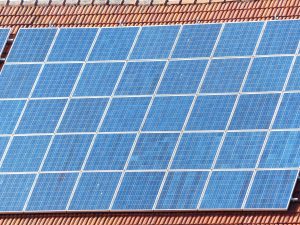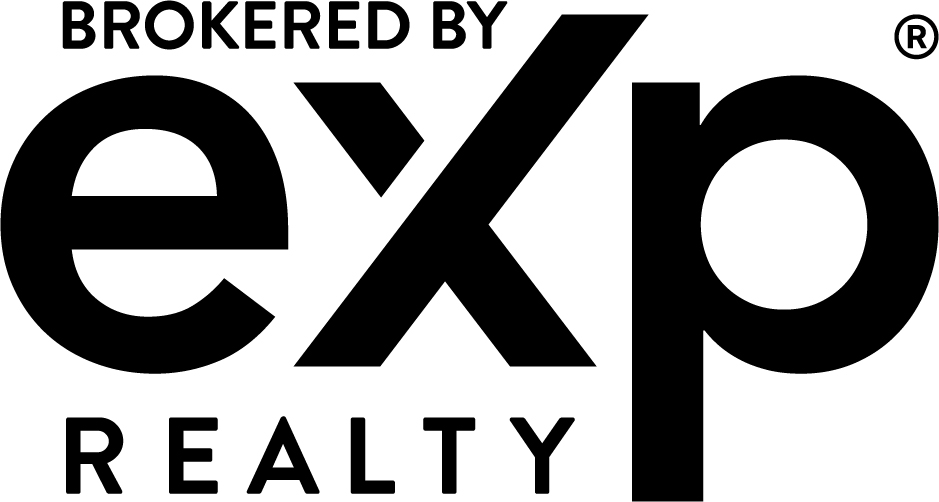The American consumer is catching on and today we have a growing awareness of being more environmentally friendly and it’s impacted by humans.
“A new study across 24 countries reveals 58% of adults are more mindful about how to be more environmentally friendly, and 85% said they’re willing to take personal action to combat environmental and sustainability challenges.” according to MasterCard newsroom editors.
We also expect large corporations and brands to follow suit and to “… behave in a more sustainable and environmentally friendly way.”
Change begins at home, don’t you agree? Today I share some tips with you about three home upgrades you can perform that will actually help the environment.
1. Increase You Home’s Insulation
If you live in a newly-built home you may think it has sufficient insulation. You may be mistaken. “To keep initial selling prices competitive, some home builders offer standard (not optimal) levels of insulation,” say the pros at doityourself.com.
Folks with older homes probably already suspect that the home doesn’t have enough. To find out if you need additional insulation, try this test: Touch the walls and, if you have a ladder tall enough, the ceilings.
They should feel dry and somewhat warm. If not, there is not enough insulation.
Then, ask yourself the following questions:
- Does the temperature fluctuate from room-to-room?
- Have you experienced higher heating and cooling bills (pre-current inflation)?
- Does the attic experience water leaks? “Water has a much easier time finding its way into a poorly-insulated home than a well-insulated one,” according to Mike O’Hara with insulatekansascity.com. If you experience water leaks in the attic, “… your insulation may be part of the problem,” O’Hara claims.
Consider obtaining an energy audit to pinpoint where the home needs additional insulation. Not only will this help you be more environmentally friendly to your home, but the cost savings over the life of your home will add up.
2. You’ll Need A Healthy Budget For This One – It’s Worth It
Upgrade your heating and cooling system. Yes, it’s pricey, but if you can afford it, it’s one of the best home improvement projects for the money.
The experts at the U.S. Environmental Protection Agency (EPA) recommend purchasing Energy Star certified HVAC products to make a huge difference when it comes to how your home impacts the environment.
Visit energystar.gov to learn the warning signs that it’s time to replace your HVAC system. They also offer tips on how to hire an HVAC contractor.
3. Consider Installing Environmentally Friendly Solar Panels
Humans have been harnessing energy from the sun since the 7th Century B.C. It took numerous inventions between then and the 1950’s when inventors Calvin Fuller, Daryl Chapin and Gerald Pearson of Bell Laboratories invented the first solar cell.
“While it was considered the first practical device for converting solar energy to electricity, it was still cost prohibitive for most people,” according to Elizabeth Chu and D. Lawrence Tarazano with the U.S. Patent and Trademark Office (smithsonianmag.com).

They are still pricey for many Americans, and the pros and cons still hotly debated.
One aspect of installing solar panels on your home’s roof that isn’t debated is the benefit they provide to environmentally friendly folks.
“Traditional electricity is sourced from fossil fuels such as coal and natural gas,” according to Taryn Holowka, senior vice president, marketing, communications & advocacy with the U.S Green Building Council (USGBC).
“Installing solar panels on your home helps combat greenhouse gas emissions and reduces our collective dependence on fossil fuel,” she concludes.
The cost of the panels varies, depending on how much sun your roof receives each day, your household’s energy consumption and your local rates.
An advantage for homeowners is that a home with solar panels may sell for up to 4.1% more than a home lacking solar panels, according to research performed by a nationwide real estate portal.
That’s an additional $15,370 for the median-valued home in the U.S. So it does pay to consider this environmentally friendly decision in your pocket, and your local market.
Learn more about going solar on the U.S. Department of Energy’s website.







